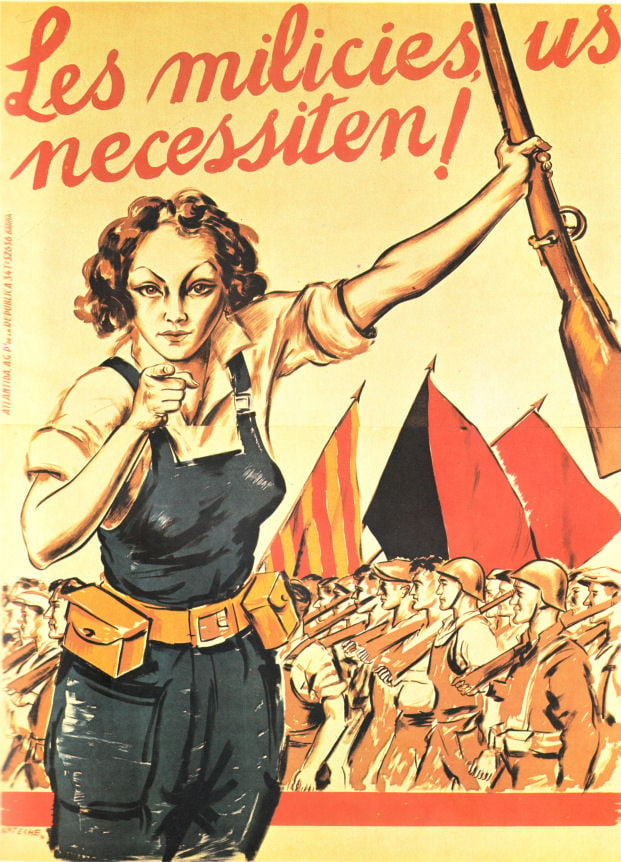- cross-posted to:
- workingclasscalendar
stahmaxffcqankienulh.supabase.co
- cross-posted to:
- workingclasscalendar
Niagara Movement Founded (1905)
Tue Jul 11, 1905

Image: A founders photo taken at Niagara movement meeting in Fort Erie, Canada featuring, top row, left to right: H.A. Thompson, New York; Alonzo F. Herndon, Georgia; John Hope, Georgia, (possibly James R.L. Diggs). Second row, left to right: Fred McGhee, Minnesota; Norris B. Herndon; J. Max Barber, Illinois; W.E.B. Du Bois, Atlanta; Robert Bonner, Massachusetts, (bottom row: left to right) Henry L. Baily, Washington, D.C.; Clement G. Morgan, Massachusetts; W.H.H. Hart, Washington, D.C.; and B.S. Smith, Kansas.
The Niagara Movement, founded on this day in 1905, was a civil rights organization led by WEB Du Bois and William Trotter whose “Declaration of Principles” demanded universal suffrage, free education, and an end to prison labor.
The movement was named for the “mighty current” of change the group wanted to effect and Niagara Falls, near Fort Erie, Ontario, where the first meeting took place, on July 11th, 1905. It is considered a precursor to the NAACP, which was founded by many of the same activists.
The Niagara Movement was organized in opposition to racial segregation and disenfranchisement, as well as the perceived conciliatory policies promoted by activists like Booker T. Washington.
During the three day meeting, Monroe and Du Bois co-authored a “Declaration of Principles”, which defined the group’s philosophy and demands. These demands included an end to the “convict lease” system (prison labor), equal punishment for crimes regardless of race, and universal free education, stating “either the United States will destroy ignorance, or ignorance will destroy the United States”.
- Date: 1905-07-11
- Learn More: glc.yale.edu, www.blackpast.org, en.wikipedia.org.
- Tags: #Civil Rights.
- Source: www.apeoplescalendar.org

